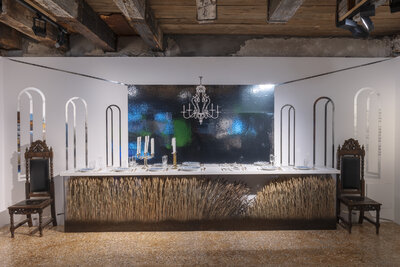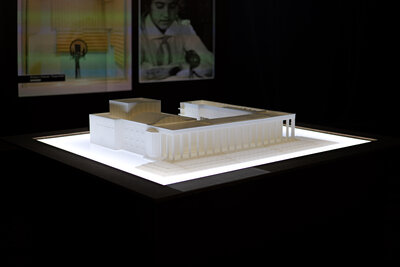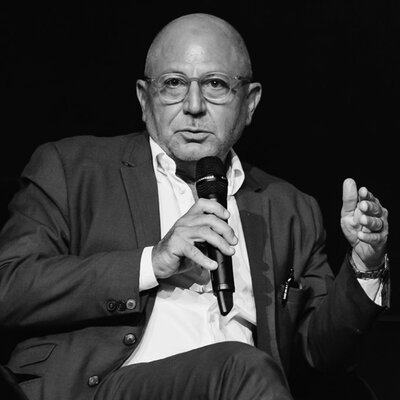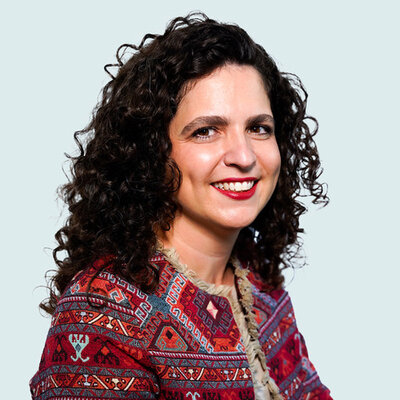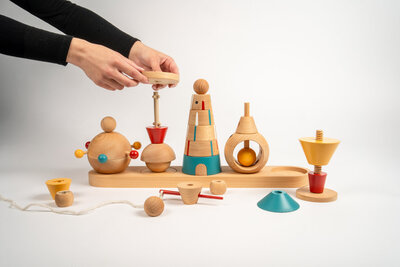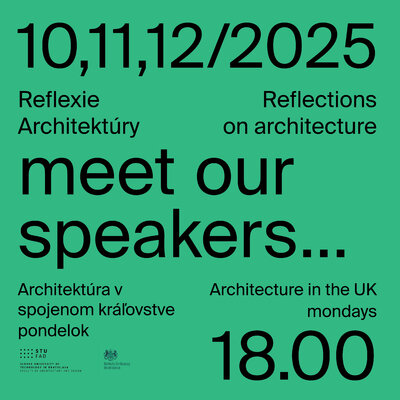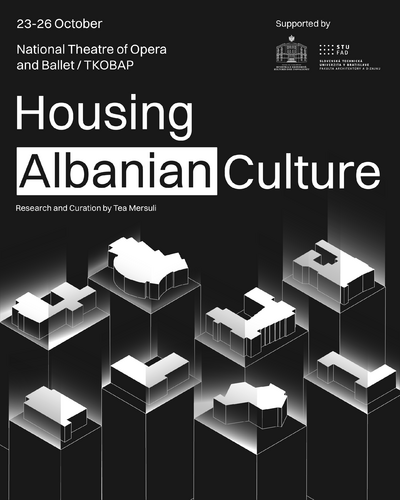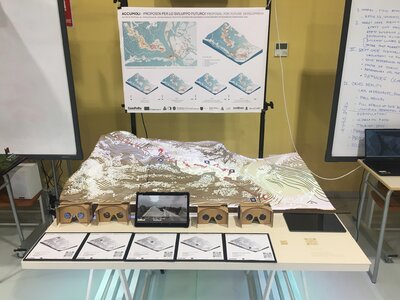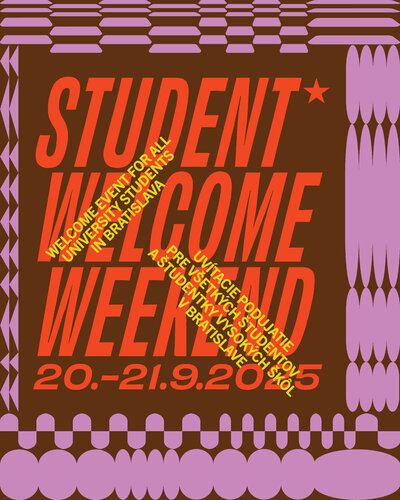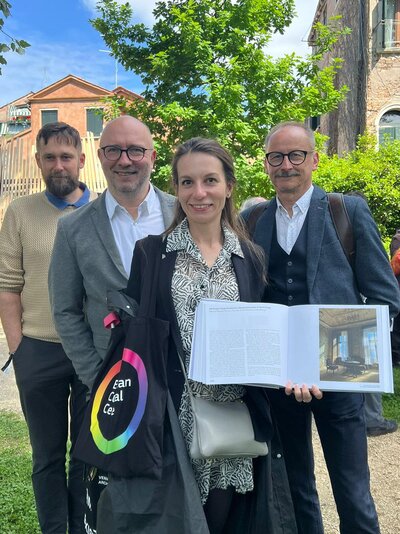FAD STU has opened a laboratory for augmented reality XR Lab, which is one of the first in Slovakia.
The new XR Lab was established within the vertical studio Data[LAB] operating at the Faculty of Architecture and Design of STU under the leadership of Associate Professor Martin Uhrík, Vladimír Hain and Roman Hajtmanek. Members of this studio are involved in several projects related to augmented reality (AR) and virtual reality (VR), they conduct research in the field of application of digital technologies to architecture, design at various scales and using artificial intelligence (AI). 
Multidimensional model of Bratislava with backlighting.
XR stands for Extended Reality, a term that encompasses multiple technologies that combine the physical and digital worlds and has many applications in various fields including architecture, urban planning, design, and art. XR has the potential to change the way we understand the world or interact with technology. The concept of education in the XR Lab is focused on learning the basic methods and techniques of using XR in presenting the results of architectural design in vertical studios, as well as in subsequent classical or virtual explorations using virtual glasses, tablets and other multimedia devices.

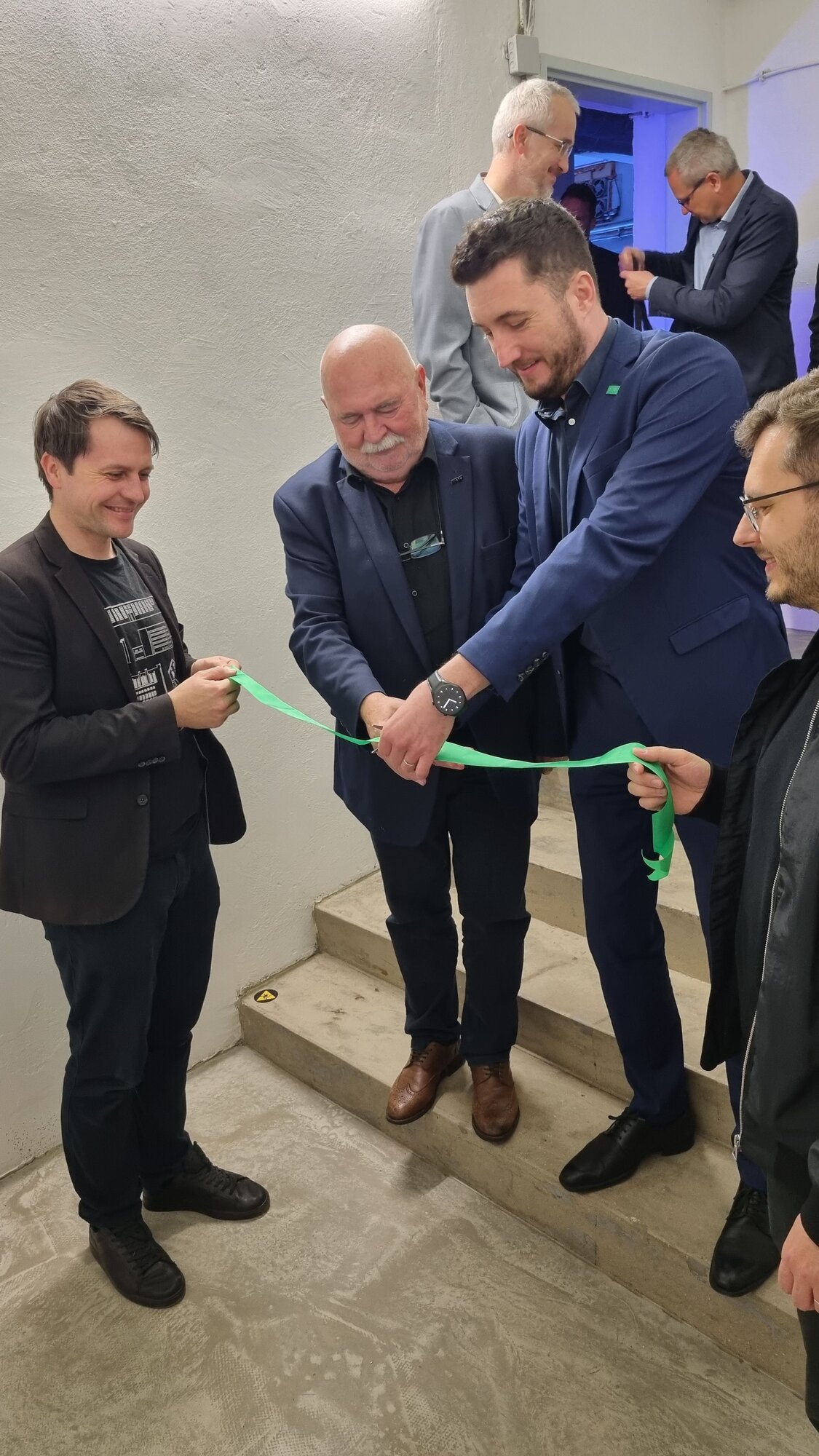
Opening ceremony of the XR Lab at FAD STU on 16 April 2025 in the presence of the Rector of STU Oliver Moravčík, Dean of FAD STU Branislav Puškár.
The aim is to prepare students not only for the defence of their own studio and final theses, but especially for architectural practice and project presentations before investors, with local government, professional or general public, for whom, thanks to the current level of technology, the presentation of architecture in the form of mixed reality can be an interactive experience in which there is no limit.
The first of the tested and presented projects in XR Lab was a multidimensional model of Bratislava, which is the result of multi-year multidisciplinary cooperation of the authors in the KEGA project 031STU-4/2022 and in the grant 23-05-02-B UrbanGraphica. It is a physical model of Bratislava, combined with interactive virtual technology, which allows not only the verification and presentation of the development of Bratislava in a broader time frame (past, present, future), but also interactive spatial creation, which greatly assists in the discussion and examination of alternative possibilities of the city skyline.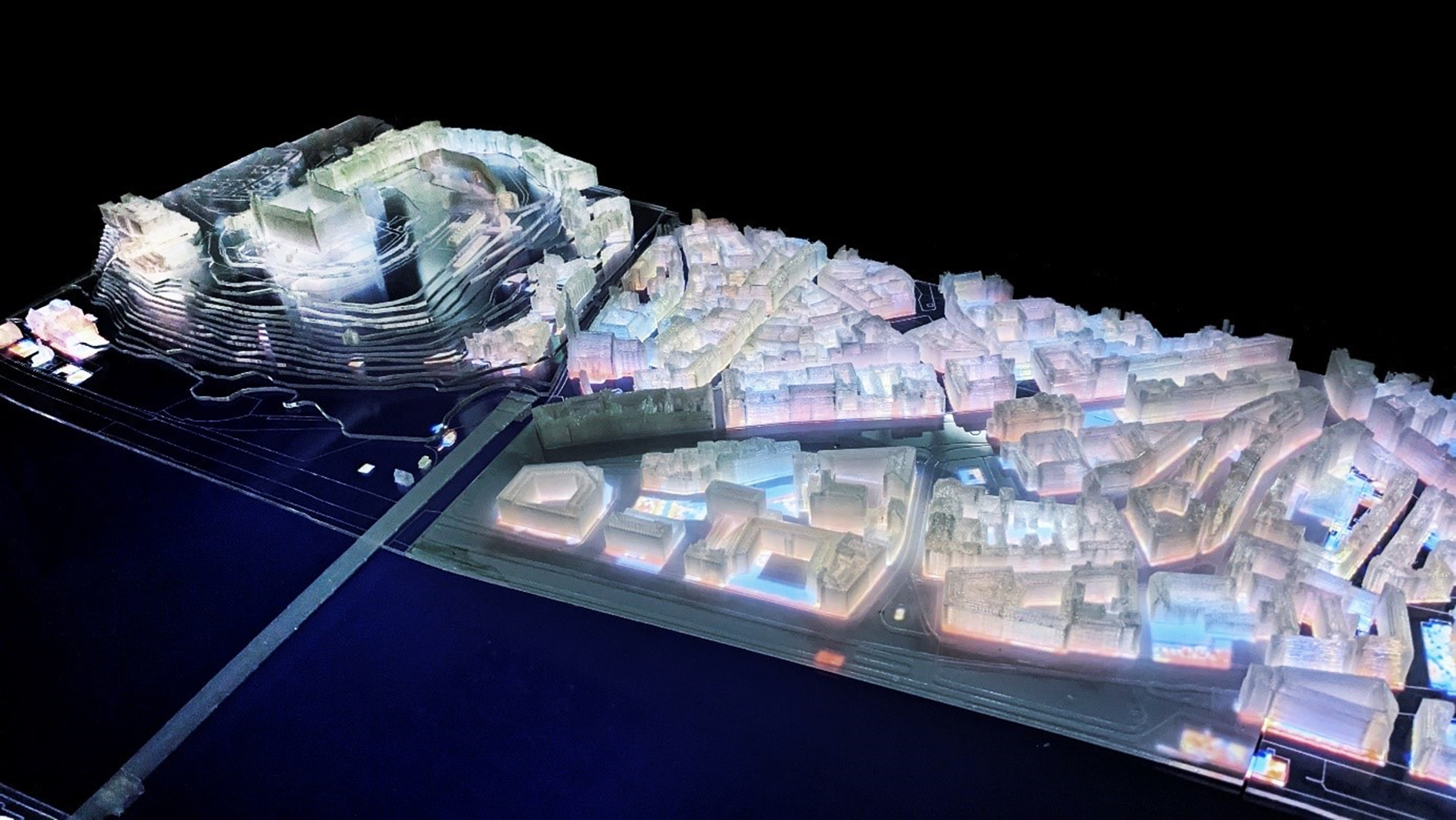
A scaled-down prototype of a multidimensional model of Bratislava with the illuminated part of the old town and the castle.
The current size of the model of the central part of the capital is processed in the size of 246 cm x 144 cm. It is composed of three SAMSUNG LED screens with 4K resolution. It depicts the city centre with Bratislava Castle in the north, the Danube River and the Aupark urban park in the south and stretches from the Winter Harbour in the east to the Slovak Parliament building in the west. In addition to its educational value for students, the model serves as an interactive tool for participatory planning with the public. Thanks to it, the younger generation of architects and urban planners can more clearly understand the principles of urban relations, scales and consequently can meaningfully participate in shaping the future of the city.
The digital layers on the model thus variably depict development scenarios of construction, traffic and flood control activities, as well as the historical development of the area and vegetation in the city. From an artistic point of view, the models can be used to verify the silhouette and skyline of the city during the construction of high-rise buildings, or night lighting concepts.
Although such conceptually designed multidimensional models and presentation systems can contribute to the creation of an attractive working and presentation tool, their real impact on the ability of long-term organized and sustainably managed city development is still a matter of debate in Slovak context. One of the main goals of the XR Lab is to strive for a shift in this paradigm.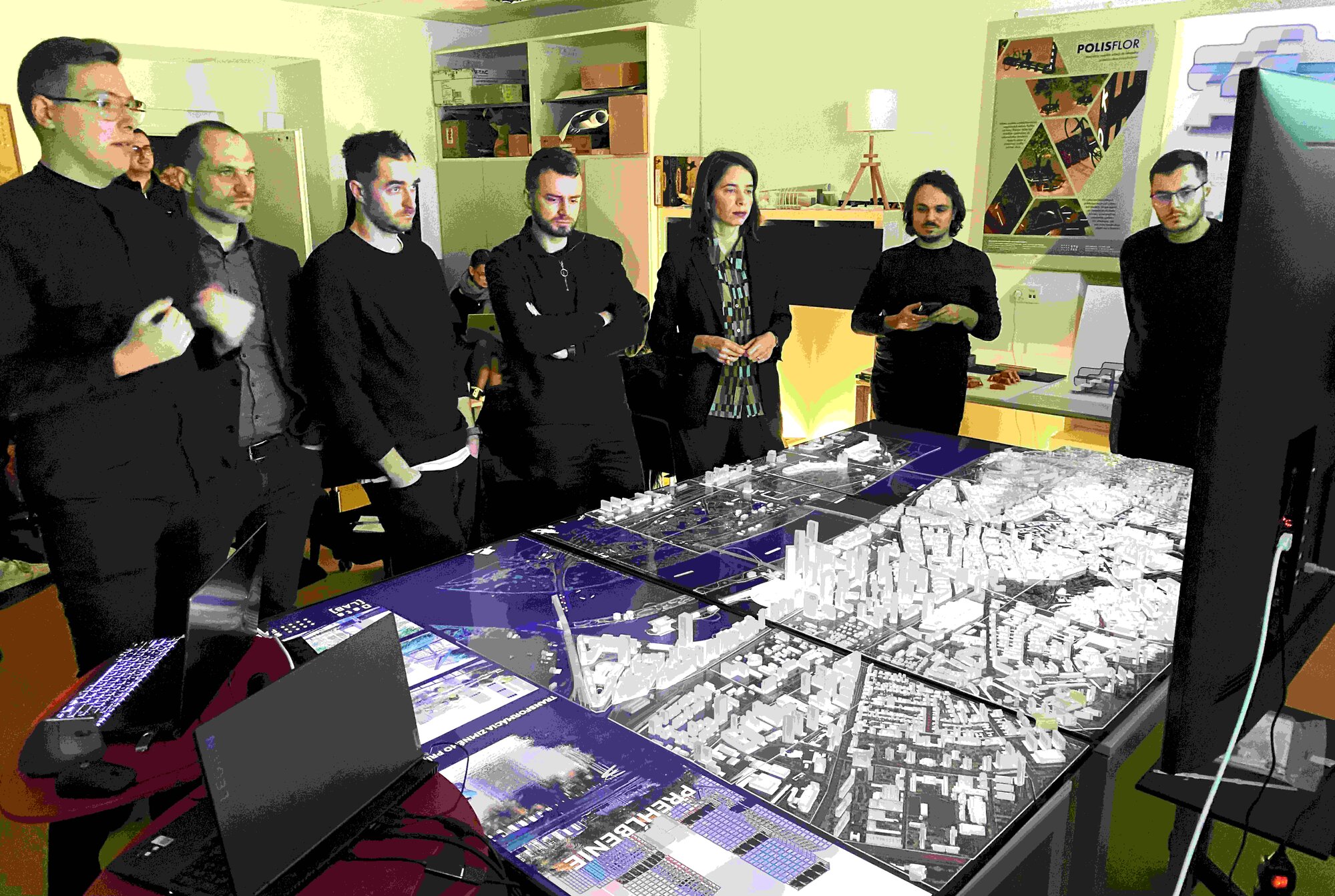
Demonstration of the project presentation on the multi-dimensional model before the expert committee and the director of the Metropolitan Institute of Bratislava (MIB)

